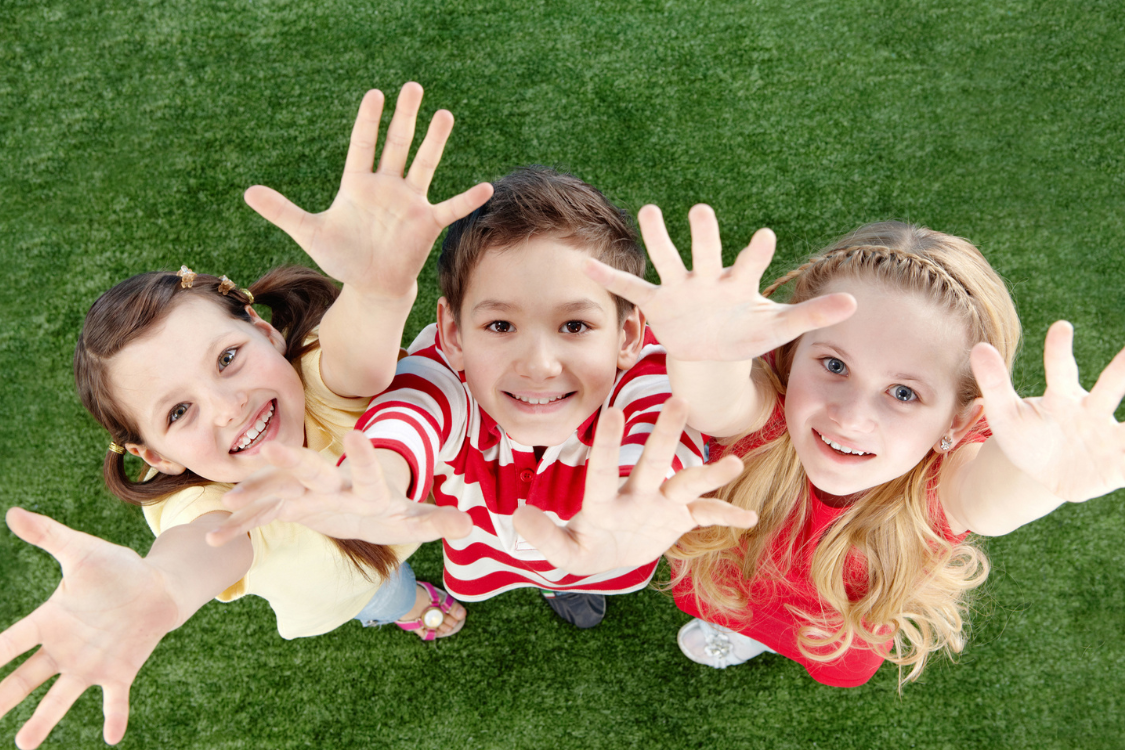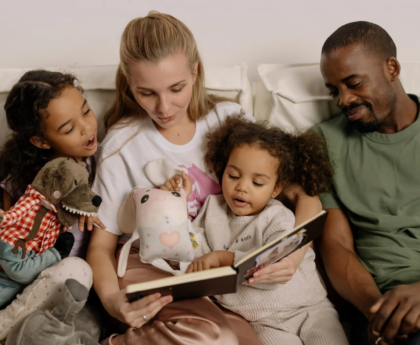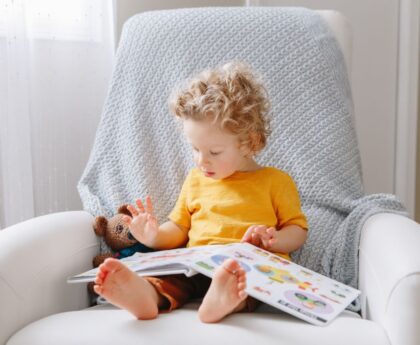“What has hands but can’t clap?” your six-year-old asks with a mischievous grin. You pause, think, then admit defeat. “A clock!” she shouts triumphantly, delighted that she stumped you with her riddle.
That moment of playful thinking? It’s doing more for her reading development than you might realize. Riddles are sneaky learning tools disguised as entertainment. They build vocabulary, teach inference skills, develop critical thinking, and make language feel like a game rather than work. Best of all, kids absolutely love them.
Let’s explore 15 riddles perfect for young readers, along with specific ways each one strengthens literacy skills.
Why Riddles Support Reading Development
Before we jump into the riddles, let’s talk about why they’re so valuable for literacy. Riddles require children to think beyond literal meanings. They have to consider multiple meanings of words, make inferences based on clues, and hold information in their working memory while they puzzle out the answer. These are the exact same skills needed for reading comprehension.
When children work through riddles, they practice context clues, figuring out meaning from surrounding information. They’re building vocabulary by encountering words in creative, memorable ways. They’re learning that language can be playful, flexible, and fun. And perhaps most importantly, they’re developing persistence. Good riddles make you think, try different approaches, and stick with the challenge. That’s exactly the mindset we want young readers to develop.
15 Riddles That Build Reading Skills
Here are some riddles to enjoy together!
Riddle 1: “What has to be broken before you can use it?”
Answer: An egg
Reading Skill: This riddle teaches multiple-meaning words. “Broken” usually means damaged or not working, but here it means cracked open. Discuss with your child how the same word can mean different things depending on context. Ask them to think of other meanings for “broken” (a broken promise, a broken record, etc.). This flexibility with word meanings is essential for reading comprehension.
Extension Activity: After solving, have your child draw the riddle and answer. This connects verbal language with visual representation, strengthening comprehension.
Riddle 2: “What gets wetter the more it dries?”
Answer: A towel
Reading Skill: This riddle plays with contradictions and oppositional thinking. A towel dries things but gets wet itself. Children learn that sentences can contain unexpected relationships. This builds inference skills because the answer isn’t stated directly. They have to think about how drying works and what gets wet in the process.
Extension Activity: Practice with other opposites. What gets emptier as you fill your cup? (The milk jug.) These games build vocabulary around antonyms while keeping thinking playful.
Riddle 3: “I’m tall when I’m young and short when I’m old. What am I?”
Answer: A candle
Reading Skill: This riddle requires holding two pieces of information simultaneously (tall when young, short when old) and finding something that matches both clues. This is exactly what readers do when tracking character traits, plot points, or cause and effect across a story.
Extension Activity: Have your child create their own “I’m _____ when _____ but _____ when _____” riddle. Creating riddles builds a stronger understanding than just solving them.
Riddle 4: “What has words but never speaks?”
Answer: A book
Reading Skill: Perfect for building meta-awareness about reading! This riddle helps children think about books as objects that contain language. It also plays with the verb “speak,” distinguishing between oral and written communication, an important literacy concept.
Extension Activity: Ask your child what else has words but doesn’t speak (signs, letters, labels). This builds environmental print awareness and shows how text appears everywhere.
Riddle 5: “What can you catch but never throw?”
Answer: A cold
Reading Skill: Another multiple-meaning word challenge. “Catch” usually involves physical objects and sports, but here it means getting sick. Discuss how “catch” changes meaning: catch a ball, catch someone’s attention, catch a bus, catch someone doing something wrong.
Extension Activity: Play a “catch” word game. How many different ways can you use the word “catch” in sentences? Write them down together, illustrating how flexible English can be.
Riddle 6: “What goes up but never comes down?”
Answer: Your age
Reading Skill: This riddle requires an understanding of abstract concepts. Age isn’t a physical thing that literally “goes up.” It builds abstract thinking, which becomes crucial when children move beyond concrete early readers to more complex texts with figurative language.
Extension Activity: Brainstorm other things that only increase (experience, knowledge, memories). This conversation builds vocabulary and conceptual thinking simultaneously.
Riddle 7: “What has a face and two hands but no arms or legs?”
Answer: A clock
Reading Skill: This classic riddle teaches that words like “face” and “hands” have different meanings depending on context. A clock’s face isn’t like your face, and its hands aren’t like your hands. This builds understanding of figurative versus literal language, essential for reading comprehension.
Extension Activity: Look at a clock together and discuss why we use body words for its parts. This connects vocabulary to visual objects, strengthening word retention.
Riddle 8: “What begins with T, ends with T, and has T in it?”
Answer: A teapot
Reading Skill: This riddle requires careful attention to spelling and sound. Children must distinguish between letter names and letter sounds, and the word play on “T in it” (tea in it) helps build phonological awareness. It also shows how language can have double meanings, critical for understanding jokes and wordplay in reading.
Extension Activity: Create similar riddles with other letters. “What begins with C, ends with T, and says meow?” This reinforces beginning and ending sounds while being creative with language.
Riddle 9: “What room has no doors or windows?”
Answer: A mushroom
Reading Skill: This riddle teaches compound words and how words can hide inside other words. “Mushroom” contains “room” but isn’t actually a room. Discuss other compound words where one part might be misleading (butterfly, pineapple, hotdog).
Extension Activity: Make a list of compound words and separate them. Have your child illustrate the literal meaning versus actual meaning of each word (a dog that’s hot versus a hotdog).
Riddle 10: “What has legs but cannot walk?”
Answer: A table (or chair)
Reading Skill: Another riddle about literal versus figurative language. Table legs aren’t the same as animal legs. This helps children understand that words can name similar things in different contexts. It builds flexible thinking about vocabulary.
Extension Activity: Walk around your home finding things with “body part” names that aren’t actually body parts (leg of a table, arm of a chair, foot of a bed, head of a pin). This makes vocabulary learning active and memorable.
Riddle 11: “What has a neck but no head?”
Answer: A bottle
Reading Skill: Similar to the previous riddle, but reinforces how body-part vocabulary extends to objects. Each repetition of this concept builds stronger understanding. Children learn that good readers need to determine meaning from context rather than assuming words always mean the same thing.
Extension Activity: Draw bottles with actual heads, making them silly characters. This creative play reinforces the concept while keeping it fun and engaging.
Riddle 12: “I have branches but no fruit, trunk, or leaves. What am I?”
Answer: A bank
Reading Skill: This riddle is more advanced, requiring children to know that “branch” has multiple meanings—tree parts and bank locations. It builds inference by giving negative clues (no fruit, trunk, or leaves) that eliminate the obvious answer, forcing deeper thinking.
Extension Activity: Discuss other words with completely different meanings (bear the animal vs. bear a burden, bat the animal vs. bat in baseball). Make flashcards showing both meanings illustrated.
Riddle 13: “What can fill a room but takes up no space?”
Answer: Light
Reading Skill: This riddle requires abstract thinking about intangible things. Light isn’t an object you can touch, yet it “fills” a room. This builds conceptual understanding needed for comprehending abstract ideas in texts—emotions, themes, and concepts that aren’t concrete objects.
Extension Activity: Discuss other intangible things that can “fill” spaces: sound fills a room, happiness fills your heart, ideas fill your mind. This builds metaphorical thinking essential for reading comprehension.
Riddle 14: “What goes around the world but stays in a corner?”
Answer: A stamp
Reading Skill: This riddle requires children to think about how things can be in two places conceptually. The stamp stays on the envelope’s corner while the envelope travels. It develops spatial reasoning and logical thinking skills, which aid in following complex narratives and understanding character movements in stories.
Extension Activity: Show your child actual stamps and envelopes. Discuss how mail travels, connecting the riddle to real-world experience. This contextual learning helps language stick.
Riddle 15: “The more you take, the more you leave behind. What are they?”
Answer: Footsteps
Reading Skill: This riddle requires careful parsing of language. “Take” and “leave behind” seem oppositional, but they both happen simultaneously with footsteps. Children must hold seemingly contradictory information and find something that makes both true. This sophisticated thinking translates directly to comprehension of complex texts.
Extension Activity: Walk outside together and literally look at your footsteps in sand, snow, or wet ground. Making the riddle concrete and experiential helps children remember both the riddle and the vocabulary.
Make Riddles Part of Your Reading Routine
The beauty of riddles is their flexibility. Share one at breakfast. Text one to your child during the day for them to solve when you get home. Make riddle time part of your bedtime routine. Write riddles on sticky notes and hide them around the house. The casual, playful nature of riddles makes them feel like entertainment rather than education, which is exactly why they work so well.
As your child gets comfortable with these riddles, encourage them to create their own. Creating riddles requires even deeper language skills than solving them. Your child has to think about word meanings, how to be tricky without being impossible, and how to give just enough clues. These are advanced literacy skills wrapped in creative play.
Riddles also build confidence. Every solved riddle is a little victory that shows your child they can figure things out, think flexibly, and work through challenges. That confidence transfers directly to reading. If they can puzzle through a tricky riddle, they can puzzle through a tricky word or a confusing sentence.
Build Strong Readers Through Play
Reading development doesn’t always happen with books open. Sometimes it happens through wordplay, conversation, and games. Riddles teach children that language is flexible, interesting, and fun. They build the exact skills—inference, vocabulary, flexible thinking—that strong readers need.
When you combine playful language activities, such as riddles, with systematic, evidence-based reading instruction, you’re setting your child up for comprehensive literacy success. They learn both the technical skills of decoding and the thinking skills of comprehension.
Ready to build your child’s reading skills with proven methods? Reading.com combines systematic phonics instruction with engaging activities that make learning to read feel like play. Our evidence-based approach helps children develop strong foundational skills while maintaining their natural love of learning. Start your 7-day free trial and discover how the right reading program makes all the difference.





